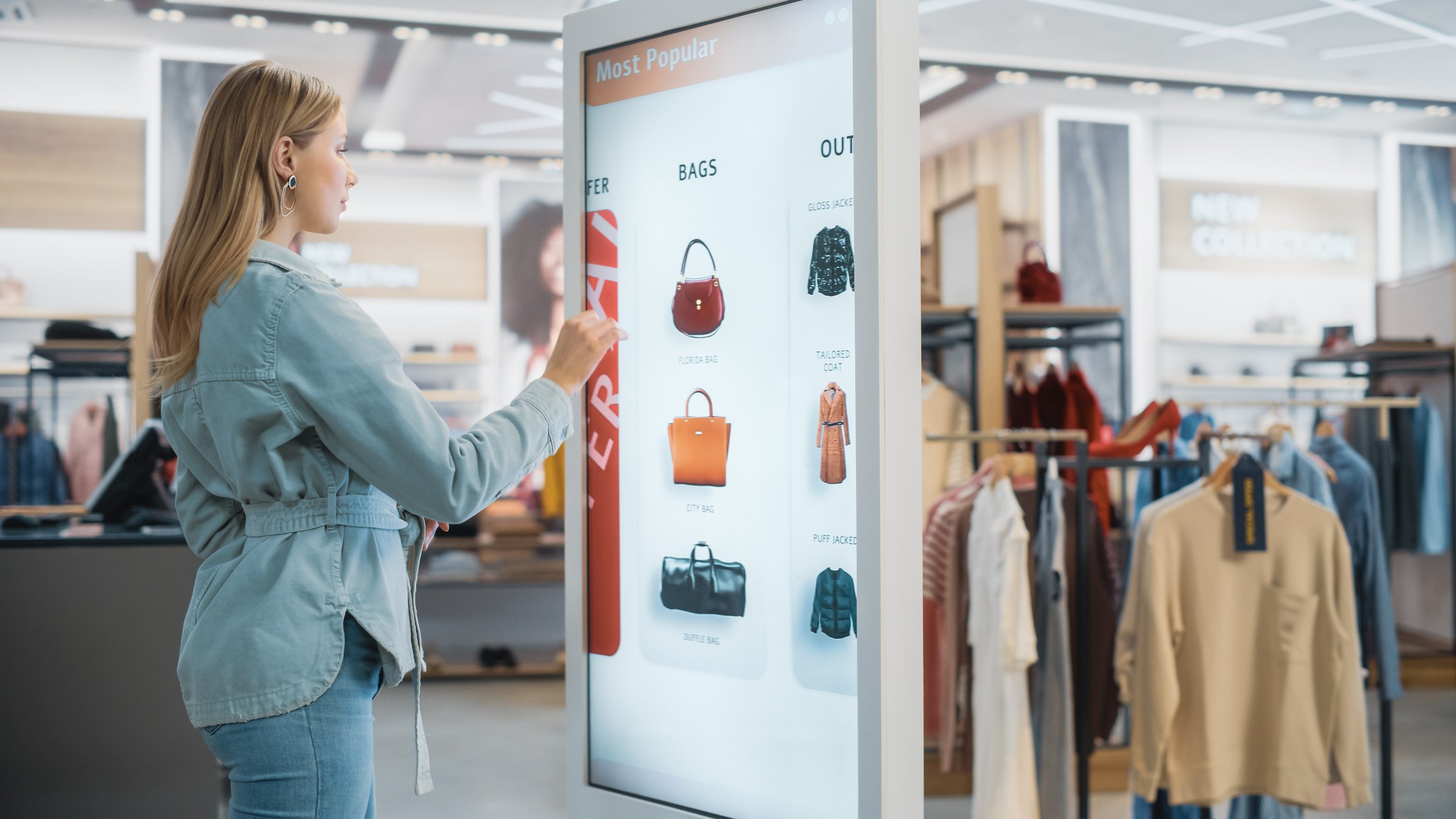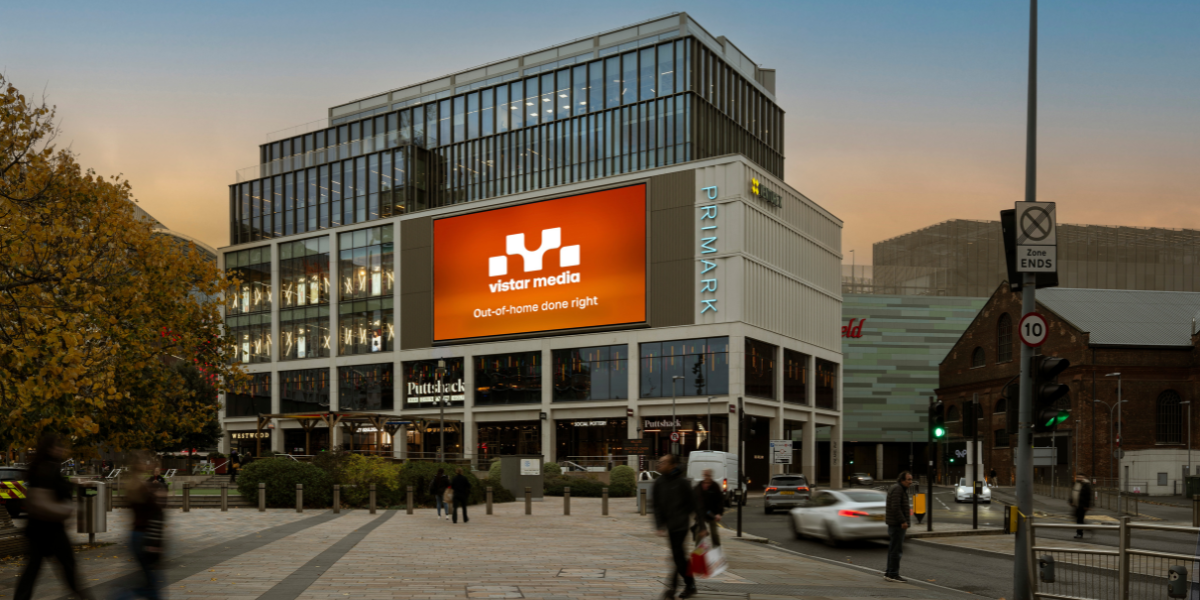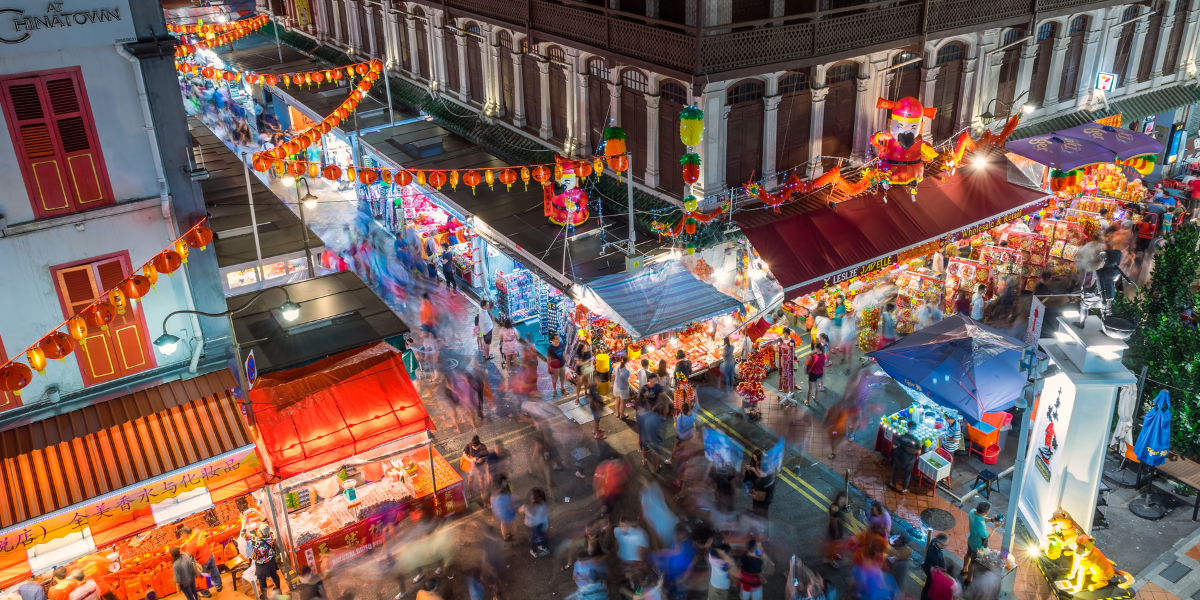
In-store retail media is transforming the way customers shop, offering dynamic ways for retailers to connect with audiences at the point of decision. But like any tool, the impact of in-store media hinges on how thoughtfully it is implemented. When managed well, it can enhance the customer journey and drive revenue. When poorly executed, it can lead to clutter, frustration and missed opportunities.
In this blog, we explore how in-store retail media can influence the customer experience and what retailers need to know to get it right.
The risks of poorly managed in-store retail media
Screen overload and clutter
More screens does not necessarily translate to more revenue. In fact, screen overload can quickly turn a store into an overwhelming environment. Irrelevant or poorly timed content distracts shoppers and diminishes trust, resulting in shorter visits, lower engagement and reduced sales.
Disconnected content
If a screen promotes an out-of-stock product or irrelevant product, it breaks the customer’s trust and can leave them feeling misled. Shoppers expect consistency between messaging and product availability. When that expectation isn’t met, satisfaction and brand loyalty suffer.
Poor placement or execution
Screens hidden in low-traffic areas, placed above or below eye level, hard-to-read text or slow-loading content can frustrate customers instead of helping them. This can lead to missed opportunities for engagement and lower ROI.
The rewards of a well executed in-store retail media strategy
More relevant information at the right time
Digital screens offer a way to deliver real-time promotions, product education or suggestions at the exact moment a customer is making a purchase decision. According to recent reports, retailers utilizing digital screens to promote personalized content in-store have seen up to a 30% increase in sales. When executed correctly, these timely, relevant messages support the shopper journey and drive measurable ROI.
Data-driven personalization
With first-party data powering in-store messaging, content can be tailored by location, time of day, weather, customer demographics and more. McKinsey reported that companies can increase their revenue by up to 40% when they use personalized content. This level of personalization makes shoppers feel understood and increases the likelihood of conversion.
Enhanced brand perception
High-quality, dynamic visuals and interactive content create a more modern and engaging in-store environment. It’s reported that 84% of retailers believe that digital signage creates more brand awareness compared to traditional channels. This boost of brand awareness can translate to more engaged customers and increased sales. These digital experiences improve how customers perceive the store and the brand behind it.
Conclusion: making in-store retail media work for your customers
In-store retail media holds enormous potential to improve the customer experience if done correctly. When thoughtfully executed, it offers timely product information, tailored messaging and visually engaging content that boosts satisfaction and sales. However, without a clear strategy, it can lead to screen overload, irrelevant messaging and poorly placed displays that frustrate shoppers and tarnish brand trust. From providing relevant information at just the right moment to building stronger brand affinity through in-store experiences, the upside is clear. But careless execution can alienate shoppers and erode trust just as quickly.
Retailers should treat in-store media as a strategic touchpoint in the customer journey, not just a way to fill space. The goal is not more screens, it’s smarter, well placed and more relevant screens that inform and engage your audience.
Want to learn how to make your in-store retail media strategy work for both your business and your customers? Let’s chat.

%20(1).png)


